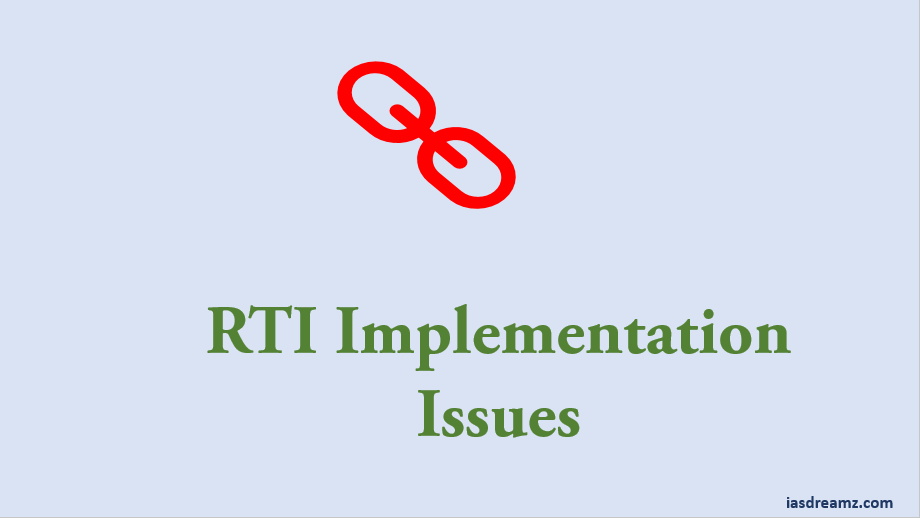Single Window Agency at District Level:
Presently almost all departments and agencies of the State Government are represented at the District level.
It becomes difficult for an applicant to identify the Public Authority and to locate it. Therefore, it is necessary to have a Single Window Agency, which could receive requests for information on behalf of the public authorities/PIOs which have jurisdiction over the district and then forward them to the respective public authority/PIO.
This, apart from helping the public would also help in keeping track of the applications.
Recommendation:
- A Single Window Agency should be set up in each District. This could be achieved by creating a cell in a district-level office, and designating an officer as the Assistant Public Information Officer for all public authorities served by the Single Window Agency. The office of the District Collector/ Deputy Commissioner, or the Zilla Parishad is well suited for location of the cell. This should be completed by all States within 6 months.

Subordinate Field Offices and Public Authorities
‘Public authority’ has been defined as any authority or body or institution of self-government established or constituted by or under the Constitution, by any other law made by Parliament, by State Legislatures, and by any notification issued by the appropriate Government, including institutions substantially funded by the appropriate Government.
This would extend the spread of public authorities to the level of panchayats and village patwaris across the country.
Under Section 5 of the Act, public authorities have to appoint Public Information Officers/Assistant Public Information Officers (PIOs/ APIOs).
For example, the Central Silk Board has appointed one PIO for the entire organization and a number of APIOs for its Head Quarters as well as various Field Units.
The Income Tax Department has appointed a large number of CPIOs, mainly at the level of Commissioners at the field level, leaving the Range offices generally unattended.
Similarly, PIOs are often conspicuous by their absence at the Block and Taluka levels in the States.
Experience so far suggests that lower tiers of the Government have neither been considered as Public Authorities nor have PIOs been designated.
According to the definition in the Act, lower tiers of field formations should be treated as Public Authorities.
While these tiers of administration may be appointed as APIOs by the higher authorities of their respective organizations, these tiers per se would also qualify as Public Authorities for their own internal functioning.
This would in turn cast on them the responsibility of making suo motu disclosure of information under Section 4 of the Act.
However, the intention of the Act is to reach a stage where suo motu disclosure of information by institutions in itself takes care of citizens’ need for information.
Therefore, public authorities at the lower end of the administrative and/or functional hierarchies need to be identified to discharge responsibilities under Section 4 of the Act, as they are closest to the people both physically and functionally.
Recommendation:
- The lowest office in any organization which has decision making power or is a custodian of records should be recognized as a public authority.
References:
